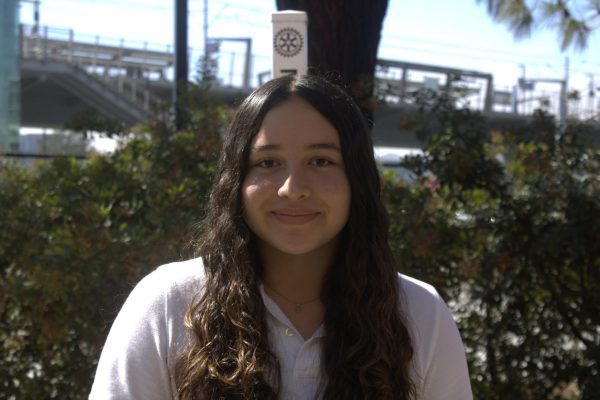Food Deserts Impact Lives
November 21, 2022
Many citizens face the risk of hunger because of their location. There are two different types of food deserts: in an urban setting, it is declared when there is no store nearby containing fresh produce for residents at least one mile away, while for rural areas, the nearest grocery store is often about ten miles away.
The lack of food retailers providing produce and inadequate transportation cause food deserts. Low-income households often face nutritional challenges and obstacles in order to get the healthiest option.
“Unfortunately, food deserts are not few and far between…it’s estimated there are more than 23 million people, more than half of them low-income, living in food deserts,” said Newsweek, in an article published in 2014.
People are unable to gain access to healthy foods causing lack of vitamins, malnourishment, obesity, health disparities, and high rates of chronic diseases. They consume less healthy options like fruits and vegetables because they do not have access to them, which leads to a poorer diet than the average human.
Being limited on food does not only strictly affect nutrition but can also be life-threatening for people who have food allergies. People with strict allergies are more careful with food they consume, meaning it will be much harder for them to find food they have access to but that is also safe to eat.
These governments aren’t doing enough to help their citizens when they are in a state of need, which is why we have to come up with a solution to help food deserts decrease.
This issue also impacts pregnant women who live in these areas greatly because they are more susceptible to iron, vitamin A, and other nutrition deficiencies, which can later lead to higher probability of birth defects.
Since this is a big issue around the globe, there are plenty of organizations that are designed to to reduce hunger and help out families, mothers and babies, school-aged children, older adults, low-income workers, and more suffering with hunger.
“No one should have to wonder where their next meal will come from. We must take bold steps now—with the government, the private sector, nonprofits, and communities working together—to build a healthier future for every American,” said Susan E. Rice, director of The White House Domestic Policy Council and former ambassador.
The main goal of the USDA’s food programs is to improve access to nutritious foods and reduce food insecurity. The agency’s food and nutrition programs can also help in reducing the hardship of poverty.
Putting ourselves into their shoes and looking for a way to help these families in need will help them a lot and in a way it will make us feel good but also show the care we have for low income families.










